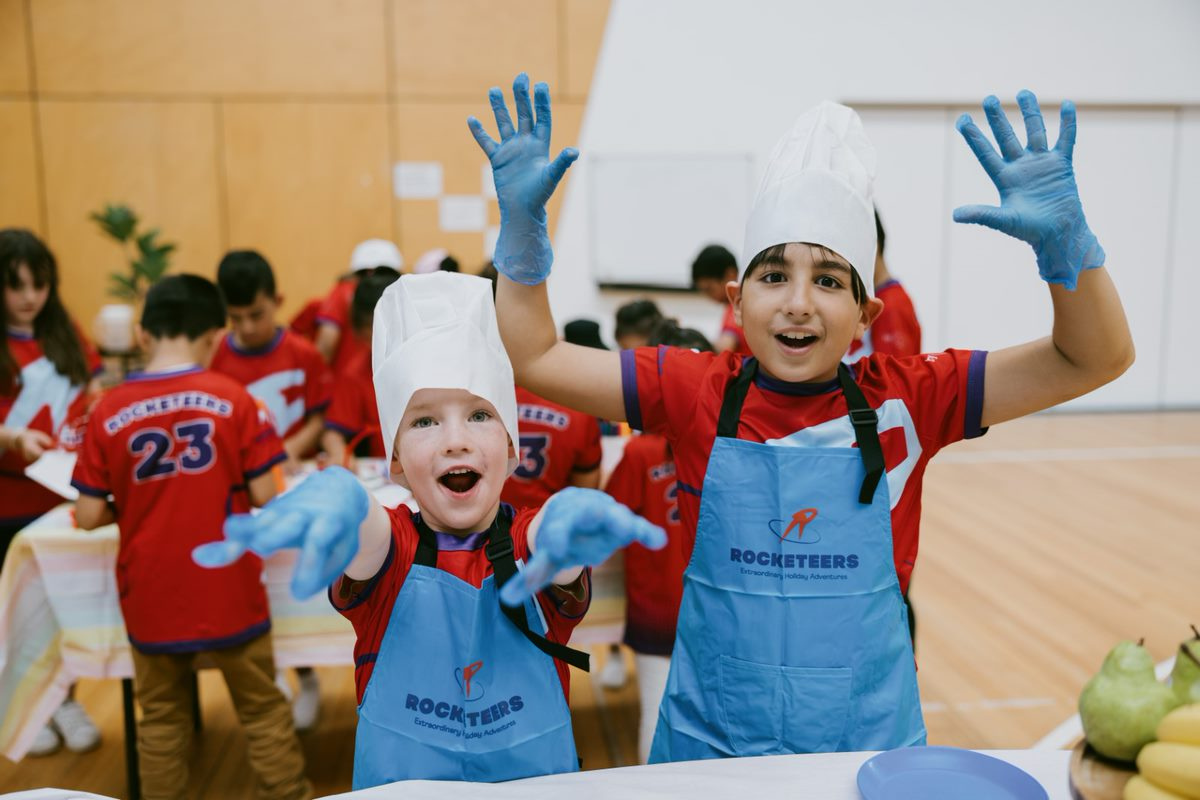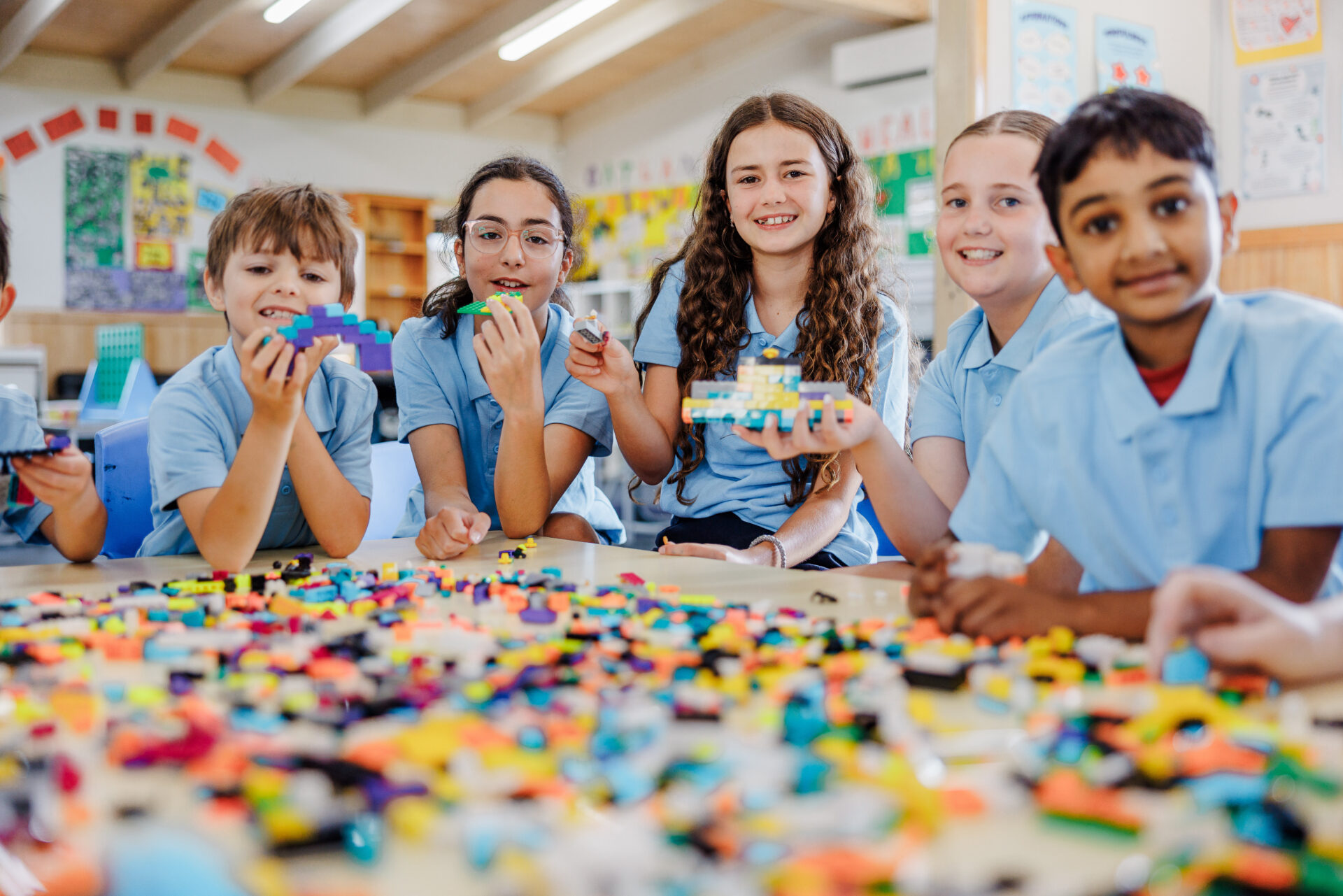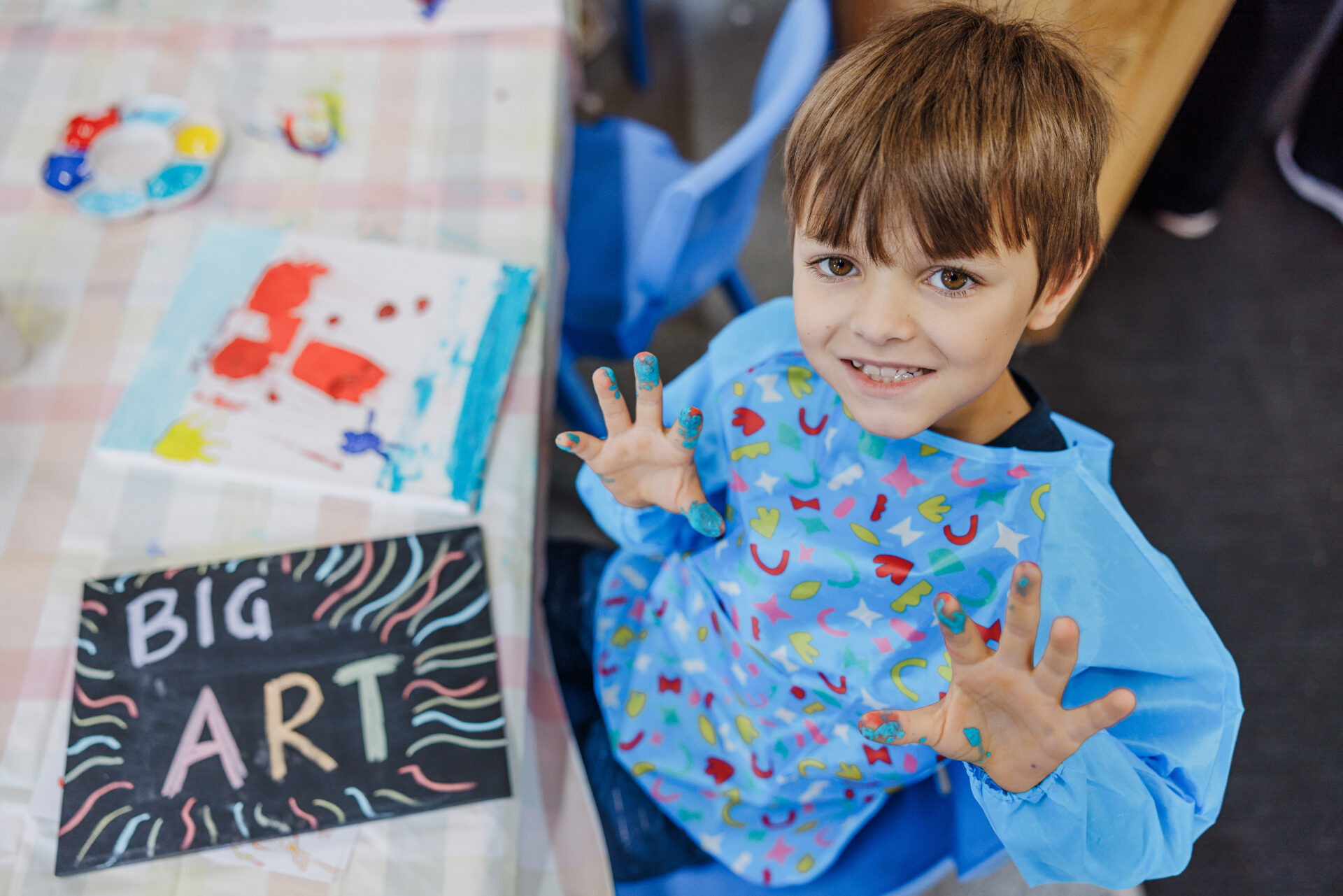Looking for the ultimate way to keep the kids entertained over the holidays? Make autumn AWESOME with our top 5 autumn activities that will give you a well-deserved break, and your child, the time of their life!
1. Science: Pine Cone Weather Station
A fun thing to do in autumn that is not to be missed is pine cone collection. As we enter Australia’s “wet season” kids can use a pine cone to check the weather forecast! This is a fun, multi-day activity that you only have to set up once – and requires no installation, electricity or watering!
The magic is in the pine cone itself; pine cones open or close depending on the weather. In dry weather, they open up to let the wind take the tiny seeds stores inside, so more pine trees can grow. In wet weather, they close up, so the seeds don’t get waterlogged and become too heavy to travel far enough away on the wind.
Take the kids out to collect some pine cones (they’re pretty much everywhere!). Then select an outdoor window sill you can see from indoors. Use blue tac to place the pine cones on the window sill so they don’t fall off. Kids will have fun checking the weather forecast every morning and afternoon. Make sure to take part in this fun and educational autumn activity this year.
Tip: Set up a chart to monitor the pine cone forecast against the actual weather so kids can check the accuracy!
2. Sensory Play: Fall Slime
WHo doesn’t love slime?! Keep reading to see our next long weekend activity suggestion that’s sure to get the kids excited during the holidays. Discover hours of hands-on fun with the irresistible smell of autumn (spices) in your house, thanks to this Fall Slime! This make-your-own recipe is a great playdate activity if your kids have friends over (or with siblings).
It has the perfect amount of stretch and plenty of sparkly glitter and rhinestones for a fun sensory experience. Plus, a few drops of your favourite spice fragrance oil will make all the difference for the ultimate autumn play activity!
Click here to see instructions and ingredients to make your own slime!
3. Sports: The Great Outdoors
This one is for thrill seekers and fearless warriors looking for an adventurous autumn activity! Mixing sports and strategy to keep kids active and engaged, Adventure: The Great Rocketeers Challenge might just be the thing for your youngster. Featuring team building games, a giant obstacle course and Gladiator-style battle challenges, it’s the Rocketeers’ version of Survivor for kids.
You’ll move through a series of challenges and activities to see which team will be the ultimate survivors, all the while collecting and revealing the hidden Rocketeers Idol when you answer a secret question at your final station. How fun does that sound!?
It’s sure to be an action-packed day to keep your kiddo active, having fun and making new friends. Please note, all activities are supervised by fully trained professionals.
4. Family Fun: Autumn Bingo
It’s cold and raining and the whole fam is feeling sluggish. Why not make it a family game night instead? You can’t go wrong with a classic game of Bingo – with an autumn twist! This is a perfect long weekend activity to keep the kids entertained during the autumn holidays.
Featuring adorable autumn-inspired characters and icons, you can download this FREE printable Bingo set by Artsy-Fartsy Mama – they even have autumn Word Search and Colouring Pages too!
Tip: Try making your own version coming up with all the things related to autumn – think leaves, woodland animals, autumn objects, colours, etc. Use pictures or words (depending on how comfortable your child is with either) to play.
5. Cooking: Delicious Creations
This tasty autumn activity is a chance for your mini chef-in-making to show off their delicious sandwich creations! Project: Sandwich Master Class is all about using healthy, in-season ingredients with shaped cutters, where your aspiring Sandwich Master will cook up a storm, whipping up one super-duper sanga they’ll be proud to serve up. The best part? Eating, of course!
And what’s a chef without a proper hat! Kids will also get to show off their personal ‘taste’ with all the fun, flair and flavours they love on a fabric chef’s hat. It’s a fun and hands-on activity to create their personalised design.
That’s not all. The kids will make their own eco-friendly sandwich bag to take home. This reusable and washable bag can be used for school, picnics and beyond! They’ll decorate the sandwich bag using their favourite colours and decorations to make it truly unique.
If your little one loves being hands-on, eating or making food, or being creative, this is an awesome way to keep them engaged over the holidays.





